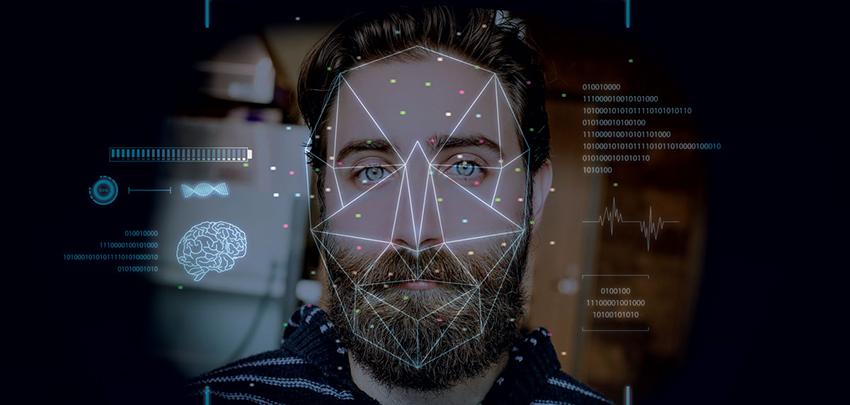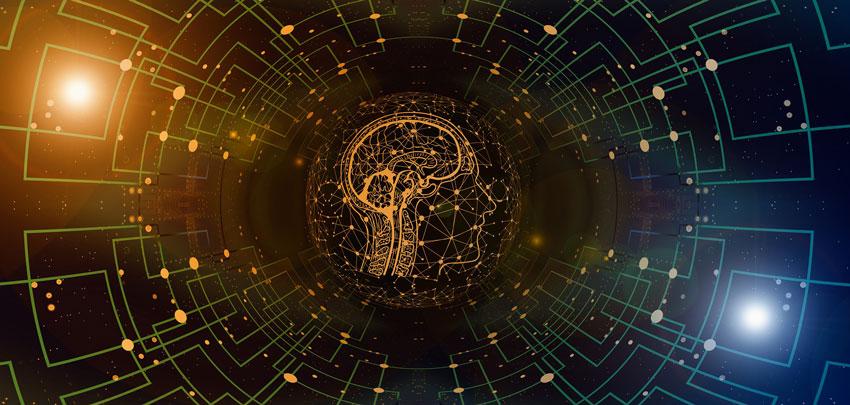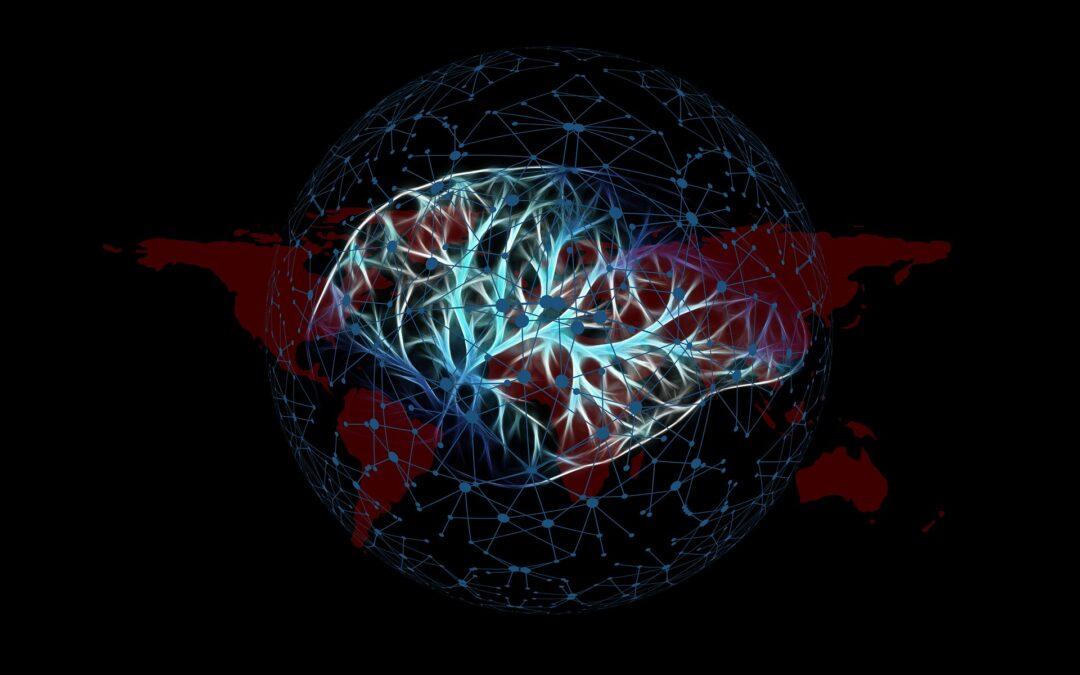Neural Model Mining (NMM) is based on mathematical-computer models which are inspired by the functioning of biological neural networks. Artificial neurons, through computational processes, create interconnections of information simulating the same learning mechanism of the human brain.
Deep learning, a machine learning technique that implements artificial neural networks, has allowed to achieve amazing results in natural language processing, audio, video and biometric recognition.
The study and constant research in the field of Neural Model Mining is the innovative engine of Pragma Etimos: an essential step to develop concrete solutions, extrapolating from any data to turn it into value.
How do Neural networks work?
Neural network of human brain presents itself as an adaptive system able to modify its interconnections thanks to stimulation from both external data and internal information.
Artificial models, just like the biological neural network, have a non-linear structure and receive external signals on a layer of nodes, called “input nodes”, connected to all the others and organized at several levels so that everyone can process the information received by transmitting to the subsequent nodes the result of their own processing.
Generally, neural network consists of three layers with different functions, however the learning process can involve thousands of neurons and tens of thousands of connections:
- Layer of Input (I): has the task of receiving and processing the incoming signals adapting them to the demands of the neurons of the network;
- Hidden layer (H): has the function of processing the actual learning process;
- layer of Output (O): in this last level the results of layer H are collected and then adapted to the requests of the next node of the network.
How does the machine leaning process work?
Machine and adaptive learning are the keys of Neural Model Mining and for this process to perform well it’s necessary to “program” artificial neural networks to make sure they know what to do when a problem needs to be solved like, for example, the recognition of a human being by image analysis.
The used models are:
- Supervised Learning: the algorithm is provided with a set of data such as inputs and information related to the desired results with the goal that the network identifies a general rule that connects incoming data with outgoing data;
- Unsupervised learning: the system is only provided with a set of data with no indication of the desired result in order to trace hidden patterns and identify a logical structure;
- Reinforcement learning: the system interacts with a dynamic environment, from which it takes input data, to reach a goal and get a reward. During the trial there are errors that will be identified as “punishments”. Learning in this model is based on a routine consisting of rewards and punishments;
- Semi-supervised learning: a hybrid model where incomplete data is provided for learning, some of these have their own output example (supervised learning), others lack it (unsupervised learning). The goal, as in other models, is to identify rules and functions for solving a problem.
In order to function efficiently, neural networks require very long and informative training phases: the higher the quality and quantity of the data provided, the higher the performance will be.
Difference between neural networks and expert systems
Increasingly, expert systems are mistakenly associated with artificial neural networks, although there are deep functional differences between the two.
Expert systems are applications that fall within the field of Artificial Intelligence because they reproduce the performance of an experienced individual of a certain domain of knowledge or field of specialization. Specifically, they can respond dynamically to users’ questions and support them in solving a problem related to a specific knowledge.
While this intelligent software require intervention by an industry expert who defines rules and functions, neural networks can infer patterns and logics automatically through learning. In addition, in the field of NMM a key role is played by the culture of knowledge, being able to find the necessary information thanks to experience.
A collaboration between expert systems and neural models is still under study.
The solutions of Pragma Etimos
Pragma Etimos, constantly studying the models of neural networks, offers solutions that allow you to extrapolate from any type of data that turns into value.
In detail:
- Vulgaris; development of structured and classified data sets to build neural models, territorial links and semantic analysis.
- Effigies: development of software that through technologies and algorithms of machine learning are able to identify vehicles, plates, objects of various nature, colours, people, animals and extract various information. FOR MORE INFO (link)
- Polyphonic: development of multi-level tools that use intelligent algorithms for the definition of “voice footprints” and voice recognition, regardless of the source and quality of the audio file.

BIOMETRIC IDENTIFICATION: FACE RECOGNITION AND FACE COMPARISON
Biometrics is increasingly used for the identification and authentication of a person through Face Recognition and Face Comparison technologies. Facial biometrics acquires a face from an image or video and transforms it into digital data based on the facial features:…

IMAGE & VIDEO RECOGNITION: AI THAT EXTRACTS VALUE FROM VISUAL DATA
There are more and more Artificial Intelligence solutions that allow machines to understand visual data. In particular, we can define that branch of AI that replicates the functions of the human visual apparatus such as Computer Vision. An example is Image & Video…

